
Nowhere has felt the economic and social impact of Covid-19 more than the UK’s cities and largest towns. They account for around 60% of the country’s economic output and more than half of the population. Now that the immediate health crisis is over, restrictions have lifted and the economy has reopened, the Government must implement policies to help the towns and cities hit hardest by Coronavirus to recover and rebuild.
The UK’s largest towns and cities entered the pandemic with different economic strengths and weaknesses, different levels and types of employment and different industries. All these factors have affected the nature of economic damage inflicted by Coronavirus and by extent, the nature of economic recovery. Areas in the North and Midlands with weaker low-skill service-based economies have seen the greatest economic damage, making levelling up places like Birmingham, Hull and Blackpool at least four times harder. The pandemic also risks levelling down the economies of previously prosperous places, many in Southern England.
Our research has shown that people across the UK have experienced the pandemic in dramatically different ways. While those living in cities and towns in the South of England have managed to accumulate Covid-savings, those living in cities and towns in the North and Midlands are more likely to have been pushed into debt. As the Government begins to withdraw support, a number of measures should be put in place to help those hit hardest by the pandemic to stay afloat. Failing to do so will worsen the North / South divide and set back the Government’s levelling up agenda.
The pandemic has left no corner of the UK unaffected. Between March 2020 and January 2021, 1.3 million people lost their jobs as a result of Covid-19 and as of June 2021, 1.9 million people are still on furlough.
Several places remain heavily reliant on the Coronavirus Job Retention Scheme, such as aviation hubs Crawley and Slough, and big cities like London, Glasgow and Birmingham, where city centre workers remain reluctant to return to the office.
As we approach the end of the furlough scheme, the Government must invest in skills and implement policies that help those who are out of employment to get back to work and retrain so it becomes easier to move between jobs and industries.
The success of the vaccine rollout, lifting of restrictions and reopening of the economy all point towards a quick rebound from the Covid-19 recession. Our recent research into Covid-debt and Covid-saving shows that the pandemic winners and losers are unevenly distributed across the country, and this has implications for the ability of different places to recover. As we enter the recovery phase, different places will need different policy responses in line with the specific economic challenges they face. For this to happen, the Government needs to implement policies that provide immediate financial support to the people and places that need it most, and at the same time focus on levelling up for the long term, to create jobs and opportunities in already underperforming places.
Data from Centre for Cities’ High Streets Recovery Tracker shows that back in March 2020, Coronavirus triggered a significant drop in pedestrian and economic activity across our city and town centres. Different places have since coped very differently through the many stages of the pandemic. The partial lifting of restrictions in April 2021, gave UK high streets a much-needed boost, with footfall and spend levels increasing up and down the country, particularly in seaside destinations. Freedom Day (19th of July) again saw an increase in spending levels for tourist hubs like Blackpool, York and Brighton and a significant boost to the night-time economy, particularly in places in the North and Midlands, as people returned to socialising in pubs, restaurants and nightclubs. However, London and other big cities like Birmingham, and Manchester continue to record the lowest footfall, a sign that the high street’s struggle is far from over in some of our most economically important cities. High street recovery is now depend largely on workers returning to the office, replenishing the demand for local services.
Covid-19 has not only affected how we live our lives as urban residents and workers, but also some of the fundamental ways in which urban economies operate. In some places, the pandemic has triggered significant shifts in behaviour, as people have been forced to adapt to lifestyle changes brought on from working from home and furlough. Although for many others, who have continued to go into work, life has changed much less.
The beginning of the pandemic saw a dramatic fall in mobility as nationwide lockdown restrictions were enforced on 23 March 2020. Travel using public and private transport fell sharply (by 90 per cent and 70 per cent respectively) likely to have been influenced by the rise of home working. The latest data shows that spending on private transport has largely recovered relative to pre-pandemic levels, while spending on public transport has remained low, which could have large knock-on environmental effects if such behaviour persists.

This report investigates the development of the Fast Growth Cities, shining a light on the additional challenges this group has faced due to the pandemic and exploring how best to unlock their further growth and future success.

This briefing examines the economic impact of Covid-19 from the first national lockdown to understand how the 11 Core Cities are likely to be affected by continuing restrictions and what the shape of their recovery might look like.

Our latest briefing shows that the Core Cities' city centres have been particularly affected by Covid-19. Policies aimed to kickstart an economic recovery should focus on getting centres working again, in terms of public transport and air quality, commercial property, and investment in skills.

Short-term support to help businesses bounce back from Covid-19 should be combined with the delivery of new housing and transport improvements.
Showing 1–10 of 171 results.
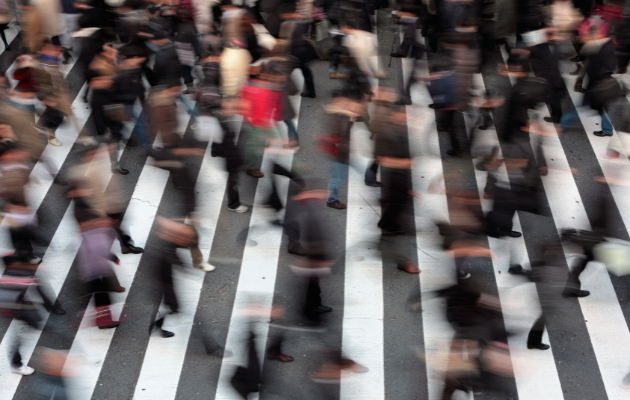
The 2021 Census was conducted in the height of Covid-19. We need another Census to provide local-level data we can trust.

What impact, if any, did the pandemic have on London’s population? Did people move further out of London? Were people shifting away from urban living? And did any changes persist once restrictions had eased? Explores our findings in more detail

Identifying both the causes and potential remedies for record increases in child poverty requires looking at the sub-national level
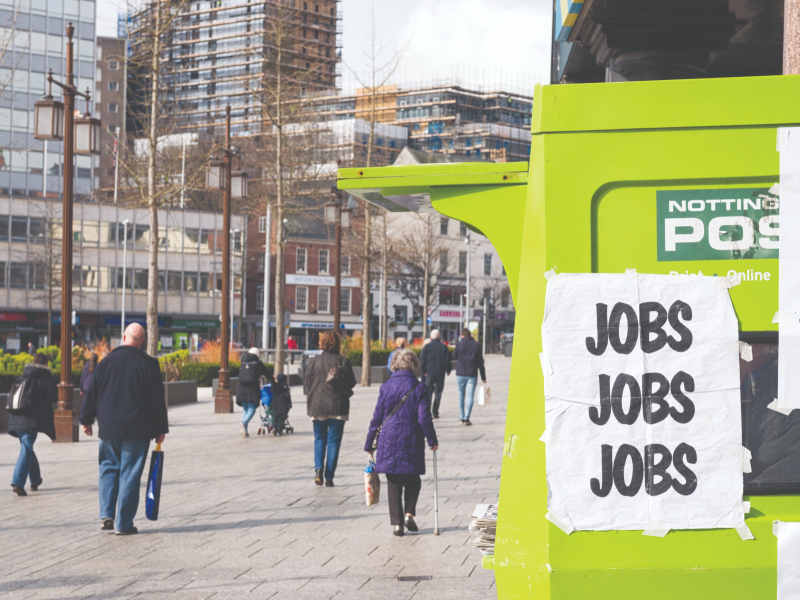
Centre for Cities tracks the latest unemployment claim statistics across the UK's cities and largest towns.

Lockdown changed how we live, work and shop significantly, but not all these changes have endured, nor have they been evenly spread across the country.

Three years on from lockdown, online spend has returned to its pre-pandemic trajectory. But sectors like groceries and food and drinks sectors have drastically increased online share since the pandemic.
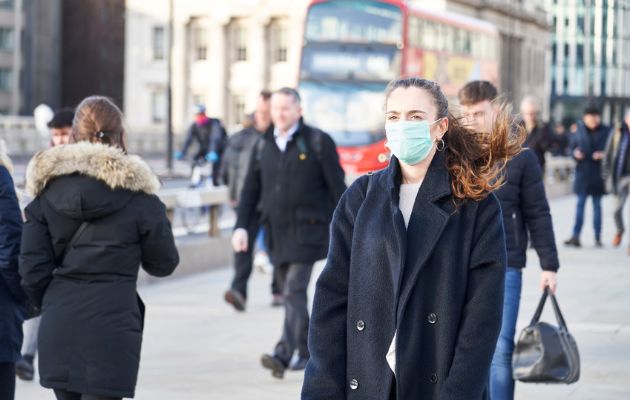
Three years since the Covid pandemic started, the labour market has stabilised, with employment above pre-pandemic levels for most places.

Nearly three years since the UK entered lockdown, how have our city centres changed across the country?
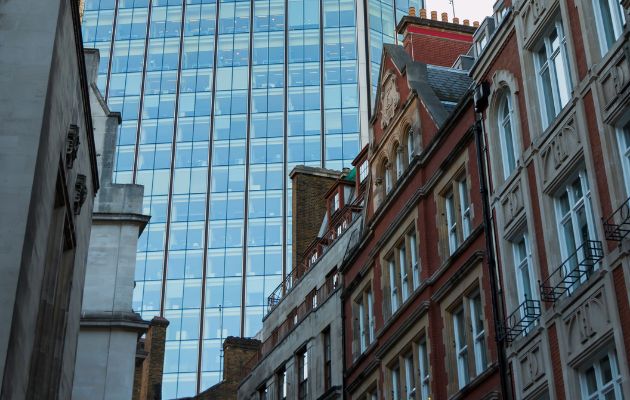
The release of workplace data from the Census shows how little guide it provides for the next decade of policy decisions.
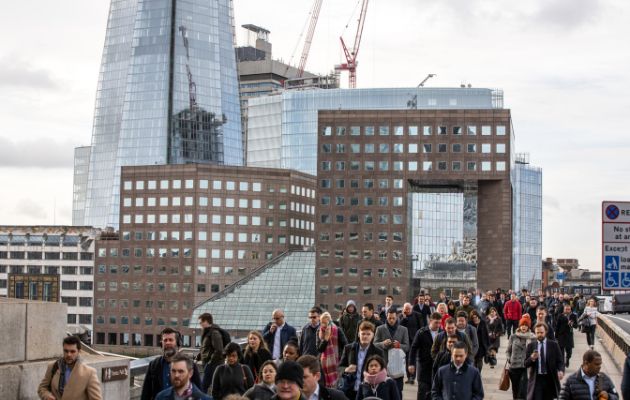
More than a year since the Covid furlough scheme ended, most urban areas appear to have bounced back to pre-pandemic employment levels – with just a couple of exceptions.